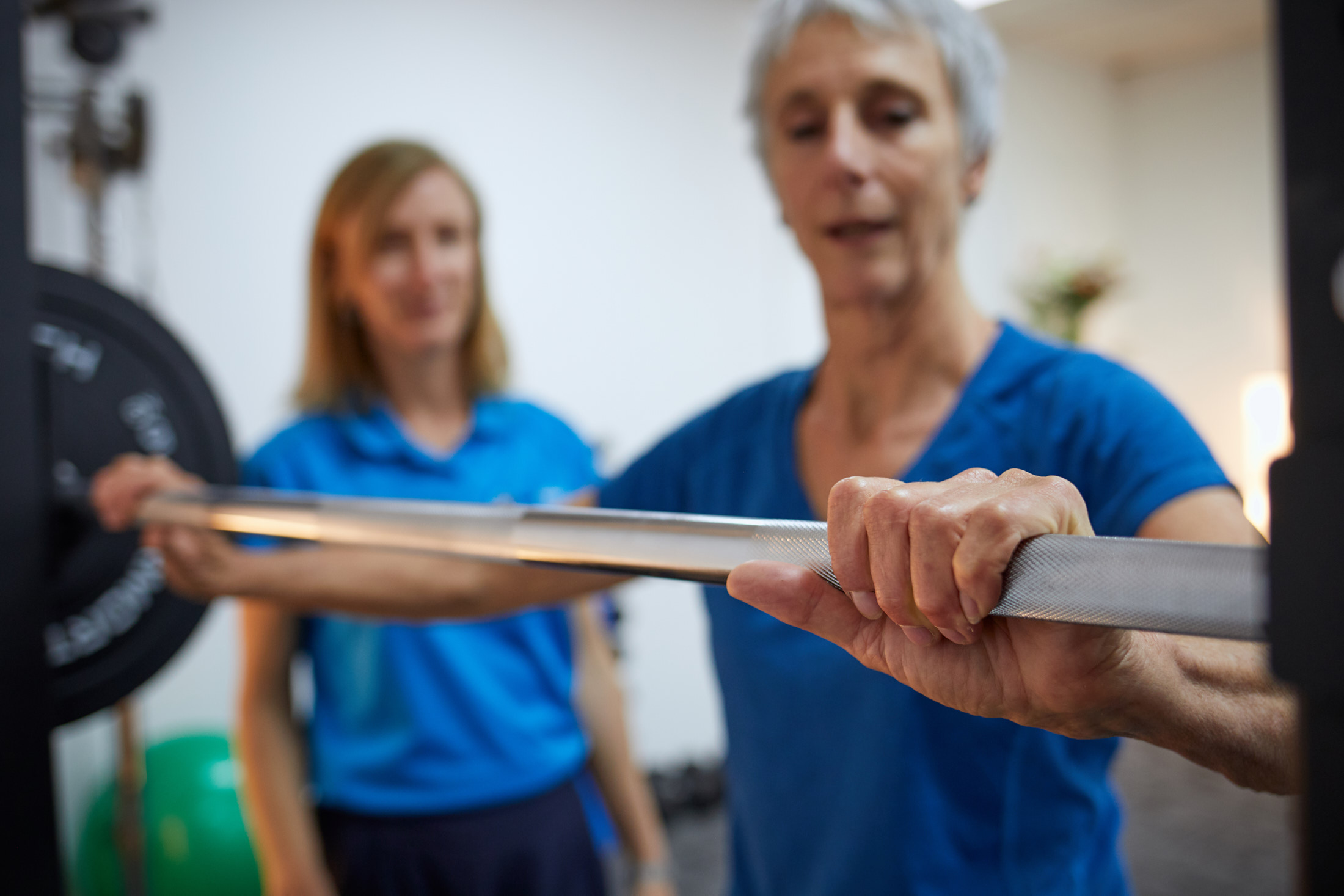Women’s Health Occupational Therapy O’Connor (Fremantle area)
Chronic Pelvic Pain
Chronic pelvic pain (CPP) is defined as recurrent or continuous pain in the lower abdomen or pelvis of at least six months’ duration, not occurring exclusively with menstruation or intercourse and not associated with pregnancy.
According to the Pelvic Pain Foundation of Australia (2020), pelvic pain affects 1 in 5 women at some time in their life – unfortunately, it is a condition that is rarely discussed. Unfortunately, our socio-cultural representation of the vagina in Western society has led to a lack of attention in the social science literature, thus having negative implications for women’s health and well-being (Braun, 2001).
Thankfully, this is starting to change;.
What causes pelvic pain?
Nelson et al., (2012) identify over 60 different causes of pelvic pain. Sometimes it is linked with a single cause but can also have multiple causes, including urological pain syndromes, gynaecological symptoms, gastrointestinal disorders or musculoskeletal pain syndromes.
When pelvic pain persists and is associated with one or more causes that are not responsive to treatment it is helpful to explore pelvic pain in context of it being a ‘pain syndrome’.
Common causes of pelvic pain
-
Women’s gynaecological problems such as endometriosis, dysmenorrhoea, pelvic inflammatory disease and cysts.
-
In men Chronic Pelvic Pain Syndrome (CPPS) is diagnosed when there is chronic nonbacterial prostatitis.
-
Musculoskeletal problems such as fibromyalgia, pelvic floor tension or hernia can lead to recurring pelvic pain. Pelvic floor tension is where anxiety or stress results in persistent unconscious muscle contraction of the pelvic floor muscles.
-
Irritable bowel syndrome. Bloating, constipation or diarrhea associated with irritable bowel syndrome can be a source of pelvic pain and pressure.
-
Painful bladder syndrome (interstitial cystitis) is associated with recurring pain in your bladder and a frequent need to urinate.
-
Psychological factors. Emotional distress makes pain worse and feeds the ‘pain-stress’ cycle which creates ‘central nervous system (CNS) sensitization’ and you guess what…persistent pain.
Chronic Pelvic Pain in Women
Painful Periods (dysmenorrhoea)
Painful periods (known as dysmenorrhoea) are a common symptom of chronic pelvic pain (CPP), with studies suggesting that 81% of women with CPP also experience painful periods. Stand alone period pain is said to occur in 58% – 93% of adolescent girls. Anecdotally, young women with severe period pain go on to develop CPP (Hardi, 2014).
Psychological Impact
Chronic pelvic pain can significantly impact a women’s psychological wellbeing, negatively impacting their education, career, relationships and social activities as well as fertility (Hardi, 2014).
Endometriosis
“Endometriosis is found in 75% of adolescent girls with chronic pelvic pain that is resistant to treatment.”
Endometriosis has a huge economic impact in Australia, costing $6 million in medical and surgical treatments. Previously, a “watchful waiting” care approach was adopted for the treatment of dysmenorrhoea, however this leads to diagnostic and management delay, continued pain and an increased risk of CPP; not to mention increased risk of psychological impact on the woman (Department of Health, 2018).
Interestingly, latest research demonstrates that endometriosis should be considered more as an abnormal inflammatory process in the body than of disordered hormonal function.
Chronic Pelvic Pain (CPP) Awareness
Unfortunately, chronic pelvic pain is one of those conditions that can be difficult to understand or appreciate if you have not experienced this yourself. CPP is gaining more awareness, thanks to continued research and education in this area of Women’s health.
The Department of Health (2018) launched a National Action Plan for Endometriosis in 2018, highlighting the need to engage schools and employers to increase awareness and understanding of endometriosis and CPP.
Women’s Health Occupational Therapy
Women’s health occupational therapy are well placed to screen for chronic pelvic pain. We can provide timely education, treatment and resources for women suffering from CPP. Parents of young women, please do not ignore this issue, early detection and management is key for your daughters’ future health and wellbeing.
At Next Wave Therapy in O’Connor, Carleen Ginter provides women’s health and pain occupational therapy and Sasha Wray , occupational therapist and naturopath provides help with complex pain, digestion, hormonal and psychological aspects of chronic pelvic pain.
References
Braun, V., Wilkinson, S. J. J. o. R., & Psychology, I. (2001). Socio-cultural representations of the vagina. 19(1), 17-32.
Department of Health. (2018). National Action Plan for Endometriosis. Retrieved from https://www.health.gov.au/sites/default/files/national-action-plan-for-endometriosis.pdf
Hardi, G., Evans, S., & Craigie, M. (2014). A possible link between dysmenorrhoea and the development of chronic pelvic pain. Australian and New Zealand Journal of Obstetrics and Gynaecology, 54(6), 593–596. https://doi.org/doi:10.1111/ajo.12274
Pelvic Pain Foundation of Australia. (2020).About Us. Retrieved from https://www.pelvicpain.org.au/?v=ef10366317f4







